August 30, 2024 – 7:23 AM PDT
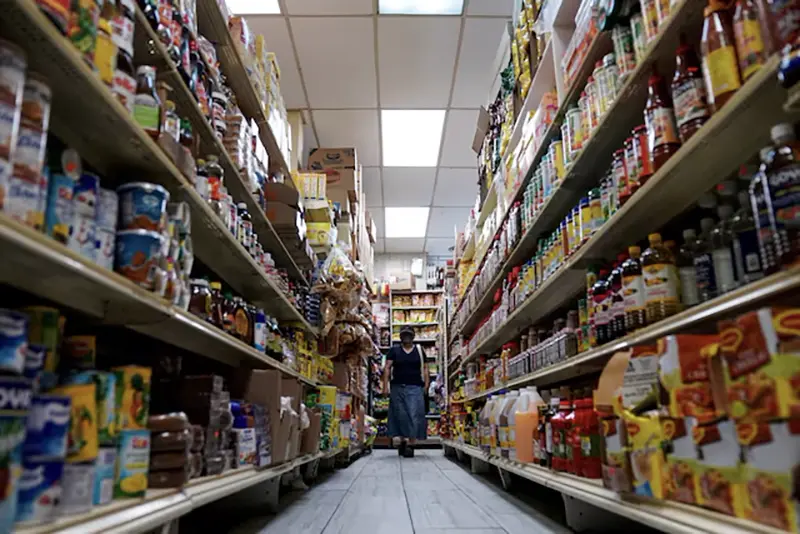 A woman shops for groceries at El Progreso Market in the Mount Pleasant neighborhood of Washington, D.C., U.S., August 19, 2022. REUTERS/Sarah Silbiger/File Photo
A woman shops for groceries at El Progreso Market in the Mount Pleasant neighborhood of Washington, D.C., U.S., August 19, 2022. REUTERS/Sarah Silbiger/File PhotoWASHINGTON (Reuters) – U.S. consumer spending increased solidly in July, suggesting the economy remained on firmer ground early in the third quarter and arguing against a half-percentage-point interest rate cut from the Federal Reserve next month.
Advertisement
The report from the Commerce Department on Friday also showed prices rising moderately last month, curbing inflation.
A jump in the unemployment rate to a near three-year high of 4.3% in July stoked fears over the economy’s health, leading financial markets and some economists to put a 50-basis-points rate cut on the table when the U.S. central bank embarks on a widely anticipated policy easing in September.
Fed Chair Jerome Powell last week signaled that a rate cut was imminent, a nod to the worries over the labor market.
“There is nothing here to push the Fed to a half-point cut,” said Conrad DeQuadros, senior economic advisor at Brean Capital. “This is not the kind of spending growth associated with recession.”
Consumer spending, which accounts for more than two-thirds of U.S. economic activity, rose 0.5% last month after advancing by an unrevised 0.3% in June, the Commerce Department’s Bureau of Economic Analysis reported.
The increase, which was in line with economists’ expectations, implied that consumer spending maintained most of the momentum from the second quarter, when it helped to boost gross domestic product growth to a 3.0% annualized rate. The economy grew at a 1.4% pace in the January-March quarter.
The increase in spending was across both goods and services, with outlays on motor vehicles and parts leading the charge. Consumers also spent more on housing and utilities, food and beverages, recreation services as well as financial services and insurance. They also boosted spending on healthcare, visited restaurants and bars and stayed at hotels.
Consumers also bought more recreational goods and vehicles as well as furnishings and long-lasting household equipment.
While the labor market momentum has slowed, it continues to generate decent wage growth that is helping to underpin spending. The slowdown in the labor market is mostly driven by a step down in hiring rather than layoffs.
Personal income rose 0.3% last month after gaining 0.2% in June. Wages climbed 0.3% after increasing 0.2% in June. Consumers are also saving less and tapping savings to fund their spending. The saving rate dropped to 2.9%, the lowest level since June 2022, from 3.1% in June.
“Consumer spending continues to surprisingly exceed all expectations, a clear indication that the economy continues to be in good shape,” said Olu Sonola, head of U.S. economic research at Fitch Ratings.
The dollar rose against a basket of currencies, while U.S. Treasury prices fell.
FOCUS ON JOBS REPORT
August’s employment report scheduled to be released next Friday will likely determine the size of the September rate cut.
Most economists believe the Fed will resist a half-percentage-point rate reduction as the economy continues to hum along and inflation remains above the central bank’s 2% target, though price pressures continue to subside.
The personal consumption expenditures (PCE) price index rose 0.2% last month after an unrevised 0.1% gain in June, the report also showed. In the 12 months through July, the PCE price index increased 2.5%, matching June’s gain. The increase in PCE inflation was in line with economists’ expectations.
Excluding the volatile food and energy components, the PCE price index rose 0.2% last month, matching the increase in June. In the 12 months through July, core inflation increased 2.6% after advancing by the same rate in June.
The Fed tracks the PCE price measures for monetary policy, and has maintained its policy rate in the current 5.25%-5.50% range for more than a year, having raised it by 525 basis points in 2022 and 2023.
“There’s a lot of focus right now on the pace of rate cuts in the short term, but we believe it ultimately will matter more how deep the rate-cutting cycle goes over time,” said David Alcaly, lead macroeconomic strategist at Lazard Asset Management.
Reporting By Lucia Mutikani; Editing by Andrea Ricci
Advertisements below

 German (DE)
German (DE)  English (US)
English (US)  Spanish (ES)
Spanish (ES)  French (FR)
French (FR)  Hindi (IN)
Hindi (IN)  Italian (IT)
Italian (IT)  Russian (RU)
Russian (RU) .png) 2 weeks ago
2 weeks ago


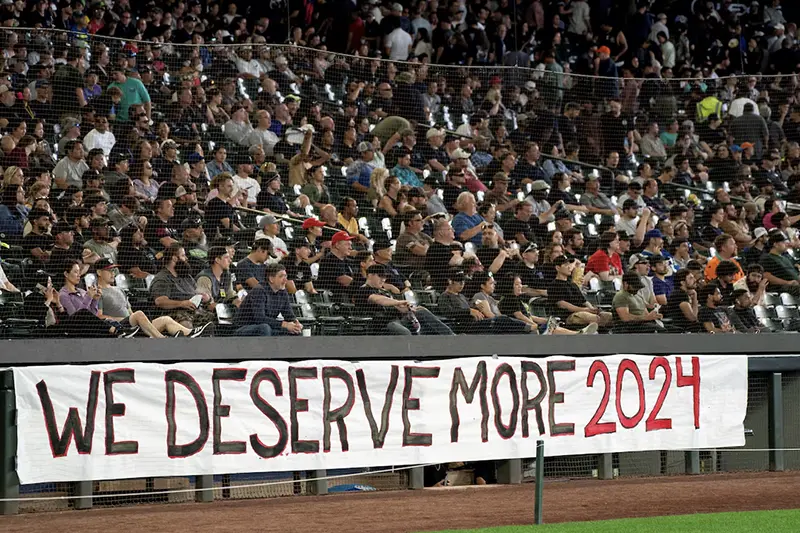
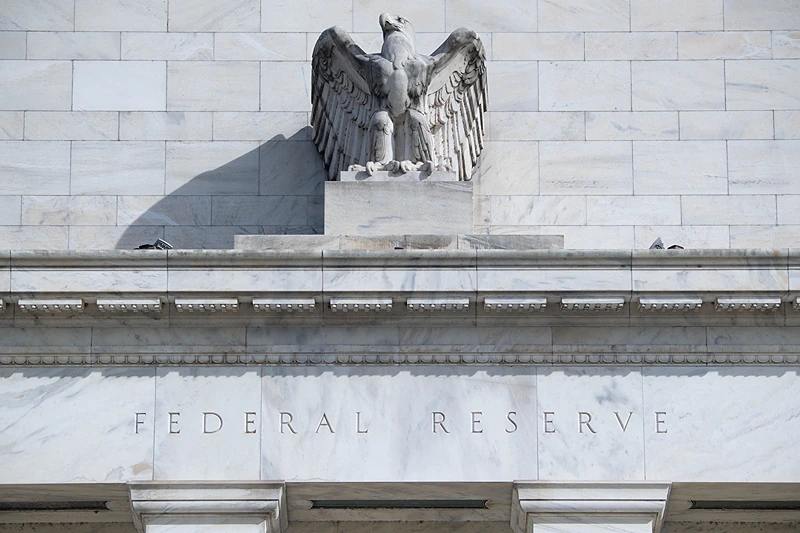


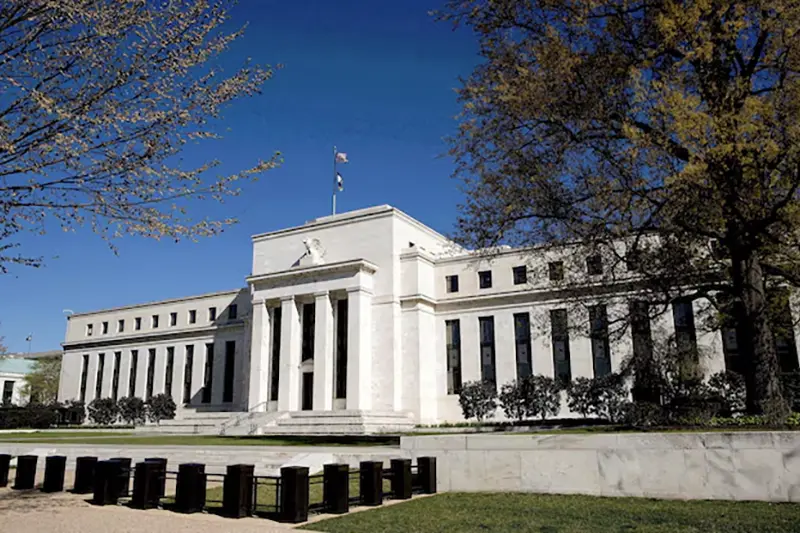
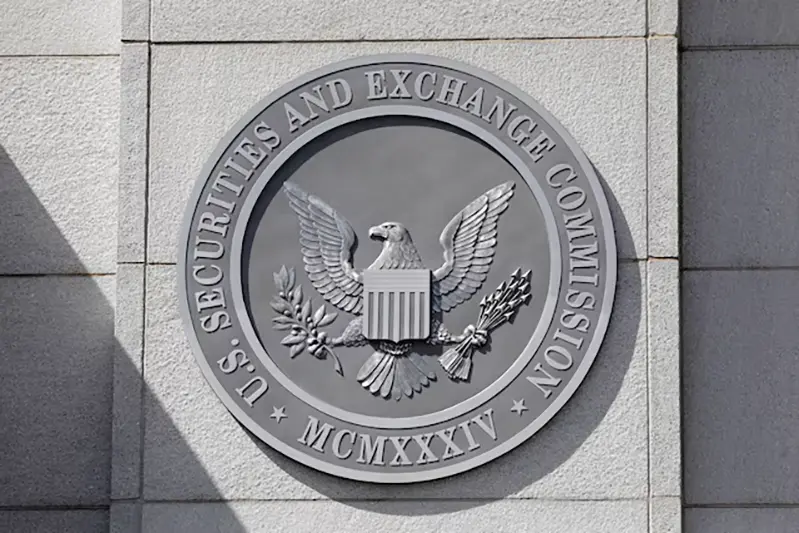
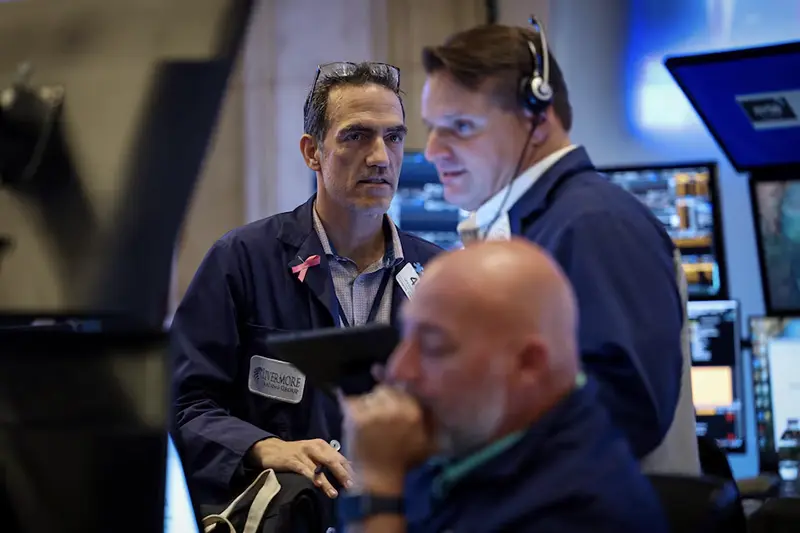

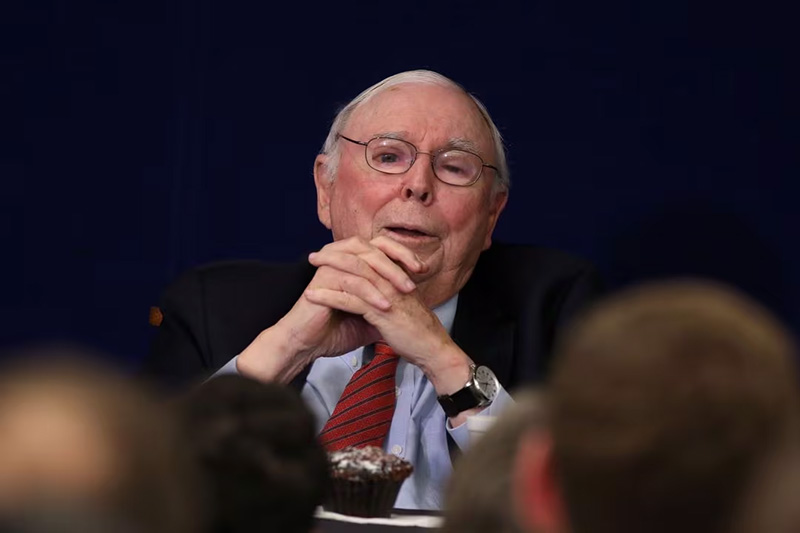











Comments